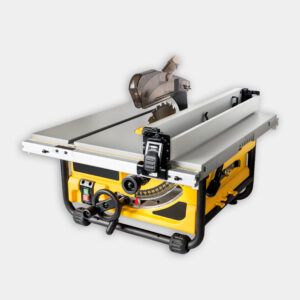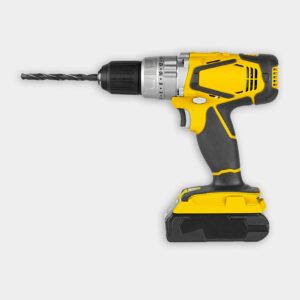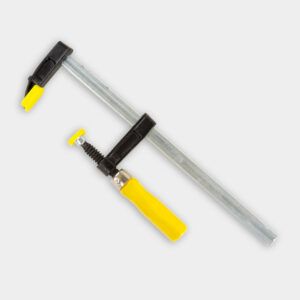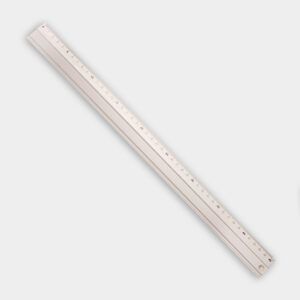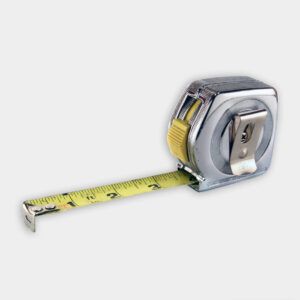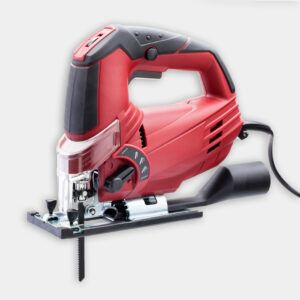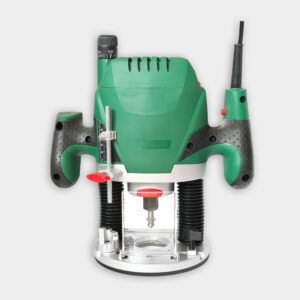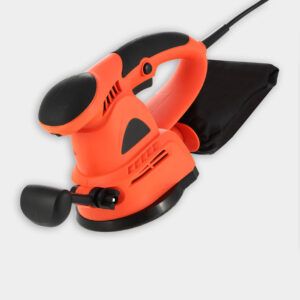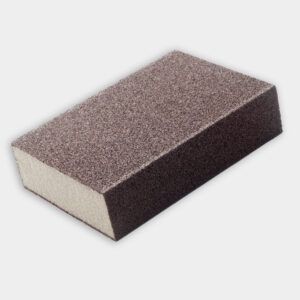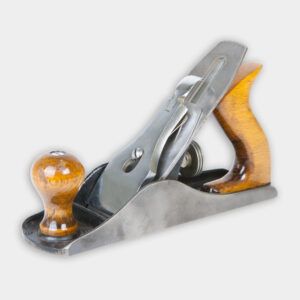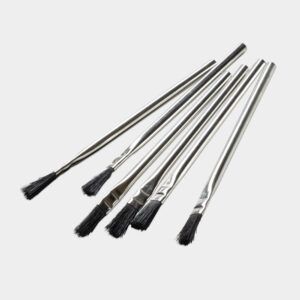We may be compensated if you purchase through links on our website. Our team is committed to delivering honest, objective, and independent reviews on home products and services.
Project details
Skill
Cost
Estimated Time
Box joints are a classic woodworking technique that creates strong, attractive corners for boxes, drawers, and other projects. In this video, This Old House host Kevin O’Connor and general contractor Tom Silva demonstrate how to build a custom box joint jig using your table saw, allowing you to create perfectly spaced, interlocking fingers with ease.
What Are Box Joints?
Box joints, also known as finger joints, consist of interlocking square “fingers” that provide both strength and visual appeal. Unlike hidden joinery methods, box joints proudly display their construction, making them a popular choice for craftsmen who want to showcase their woodworking skills.
Box joints are one of the easiest types of joinery to cut, making them an excellent choice for woodworkers of all skill levels. They also add a decorative element to projects, with the interlocking fingers often left exposed to create a unique look.
Advantages of Box Joints
Box joints offer several benefits for woodworking projects:
- Increased glue surface area for stronger bonds
- Attractive appearance
- Precision with repeatable joints
- Versatility for various project sizes and types
Box joints contribute to structural integrity, distributing stresses evenly across the joint. This makes them ideal for pieces requiring both strength and aesthetic appeal.
Common Applications of Box Joints
Box joints are suitable for any project where the joint will be visible and needs to be strong and attractive. Their versatility makes them a popular choice for many woodworkers for projects such as:
- Drawers and cabinet construction
- Decorative boxes and storage containers
- Furniture, such as side tables or bookcases
- Household items like serving trays
Building the Box Joint Jig
Creating accurate box joints requires a specialized jig, called a dado sled, for your table saw. This jig ensures consistent spacing and alignment of the joint fingers. With careful construction, the jig will become a reliable tool for various projects, offering both accuracy and efficiency.
Materials Needed
To build your box joint jig, you’ll need:
Hardwood for the guide rails and back fence is particularly important for durability.
Tools Required
Gather these tools before starting your project:
- Table saw with a dado blade set
- Drill/driver
- Measuring tape
- Pencil
- Square
- Clamps
Step-by-Step Construction
- Cut the base and guide rails using the table saw.
- Attach the guide rails to the sled base, ensuring they slide smoothly in the miter slots.
- Add 2x stock along the back to register the pieces as they’re being cut. This also protects your hands from the blade.
- Cut a square peg as a guideline that will fit into the slot. This will set the spacing for your box joints.
- Test and adjust the jig to achieve the desired fit for your joints.
Tom emphasizes the importance of taking your time to set up the jig correctly, as this impacts the quality of your box joints. Precision here ensures tight, uniform joints.
Cutting Box Joints
With your jig complete, you’re ready to start cutting box joints for your project. Accurate setup and careful execution are essential to achieving professional results.
Setting Up Your Table Saw
- Install a dado blade set, adjusting it to match the desired width of your box joint fingers.
- Saw through the jig that you created so that it can glide as you cut the box joints.
- Adjust the height of the blade relative to the thickness of the material. In the video, Silva sets the blade about 1/16 of an inch higher than the material, noting that he would rather have it too high than too low so that the top of the square pegs can be shaved off later.
- Set another board along the back of the jig and cut a dado in it. Place the peg that you cut earlier in the dado in the board. Glue the peg in place, tip up.
- Now tip up the board so the peg lays flat. Set the leftover piece of the square peg against the one that is glued down. Hold it tight and press it against the blade (make sure the table saw is off).
- Draw a reference line on the top of the jig with a pencil as a “zeroed out” point to set the distance between dado cuts. Remove the leftover square peg.
- Test the alignment by using a scrap piece of wood for your project and cutting a dado. Lift the wood and move it to the side, setting it on top of the guide. Cut at least two more dados.
- Take another scrap piece of material for your project and set it against the peg. Cut a dado. Remove the first piece of wood and slide the new one over, fitting it over the peg.
- Cut at least two more dados.
- Take the two pieces and ensure they fit together tightly.
Cutting the Joints
- Mark your workpieces to indicate which edges will be joined.
- Place the first piece against the jig’s fence and make your initial cut.
- Use the key or pin on your jig to space subsequent cuts, creating evenly-spaced fingers.
- Repeat the process for all pieces, ensuring you maintain consistent orientation.
You will also cut the bottom tray pieces on the table saw. Cut the ends for the handles with a jig saw.
Assembling Your Box Joint Project
Once you’ve cut all the necessary joints, it’s time to assemble your project.
Dry Fitting
Before applying any glue, dry fit your pieces to ensure correct alignment. This step allows you to make adjustments before final assembly. Plane or sand any pieces to get a secure fit. Adjusting during dry fitting can prevent errors during the final gluing process.
Gluing and Clamping
- Apply a thin, even layer of wood glue to all joint surfaces. Avoid using too much glue, as excess that squeezes out can be messy.
- Assemble the pieces, ensuring the joints are fully seated.
- Use clamps to hold the assembly together while the glue dries.
- Wipe away any excess glue with a damp cloth.
Silva advises leaving the project clamped for several hours to allow the glue to set properly. Proper clamping ensures the joints are tight and aligned, contributing to the overall strength of the finished piece.
Finishing Touches
After the glue has dried, your box joint project is ready for final finishing.
First, sand everything flush. When sanding, use progressively finer grits of sandpaper to smooth all surfaces, starting with a coarser grit and working to fine grit. When you’re done, ensure the joints are flush and even with adjoining surfaces, and remove dust using a tack cloth or compressed air.
Choose a finish appropriate for your project’s intended use. For the serving tray demonstrated, Tom recommends a food-safe mineral oil to enhance the wood’s natural beauty while providing protection. Mineral oil penetrates the wood, highlighting the grain and providing a protective barrier against moisture.
Applying thin, even coats and allowing adequate drying time between coats will yield the best results.
Troubleshooting Common Issues
Even with a well-made jig, you may encounter challenges when creating box joints. Understanding these issues and knowing how to address them will improve your results.
Loose Joints
If your joints are too loose, try adjusting the position of your jig’s key or pin slightly. Small adjustments can make a big difference in the fit of your joints. Ensure that your dado blade is the correct width and that your cuts are consistent.
Tight Joints
Joints that are too tight may require sanding or slight adjustments to your dado blade width. Test on scrap pieces until you achieve the desired fit. Avoid forcing the joints together, as this can damage the wood.
Uneven Fingers
Ensure your workpieces are held firmly against the jig’s fence and that the jig itself is sliding smoothly in the miter slots. Double-check that your table saw and jig are properly aligned.
